Fungi Among Us: The Good, The Bad, and The Ugly on Trees
Fungi are a common sight on trees, often appearing as strange growths on the trunk, branches, or roots. Although some types of fungi can be beneficial to trees, others can cause serious damage and even death. In this blog post, we will explore the fascinating world of fungi on trees.
One type of beneficial fungi is mycorrhizae, which form a symbiotic relationship with tree roots. These fungi attach themselves to the roots, forming a network that helps the tree absorb water and nutrients from the soil. In return, the tree provides the fungi with carbohydrates produced during photosynthesis.
However, not all fungi are beneficial to trees. Some, such as the well-known bracket fungi, can cause significant damage. These fungi feed on the tree's wood, breaking down its structure and weakening its overall health. This can lead to branches falling off, trunk rot, and even the death of the entire tree.
To prevent fungal infections, it's important to maintain the health of the tree. Proper pruning and fertilization can help keep the tree strong and resistant to disease. Additionally, keeping the area around the tree free of debris and other sources of stress can also help.
In conclusion, fungi on trees can be both beneficial and harmful. By understanding their role in the ecosystem and taking steps to prevent fungal infections, we can ensure the health and longevity of our trees.
If a homeowner finds fungi on a tree, they should take immediate action to address the issue. Here are some steps to follow:
Identify the type of fungi: Some fungi are harmless, while others can be dangerous to both the tree and the people nearby. Consult with a certified arborist or tree expert to identify the type of fungi and determine if it poses a threat.
Prune affected branches: If the fungi is limited to a small area, the homeowner may be able to prune the affected branches to prevent further spread. However, if the fungi has spread extensively, it may be necessary to remove the entire tree.
Improve tree health: Fungi often appear on trees that are already weak or damaged. The homeowner should take steps to improve the tree's overall health, such as watering it regularly, fertilizing it, and ensuring it receives adequate sunlight.
Avoid spreading the fungi: Fungi can spread through spores and contact with infected materials. Homeowners should avoid touching the fungi, dispose of any infected branches or debris properly, and clean any tools that have come in contact with the infected tree.
Seek professional help: If the homeowner is unsure about how to address the issue or if the fungi has spread extensively, they should contact a certified arborist or tree expert for professional help. A professional can assess the situation and recommend the best course of action.
If you are looking for professional advice on dealing with fungi on trees, Beechwood Trees and Landscapes Ltd is an excellent company to contact. We are a team of certified arborists and tree experts who can help you identify the type of fungi, assess the tree's overall health, and recommend the best course of action to take.
Beechwood Trees and Landscapes Ltd has a wealth of experience in dealing with all types of tree issues, including fungi. We use the latest equipment and techniques to provide high-quality services, ensuring that your trees are healthy and safe.
The team is dedicated to providing top-notch customer service, and will work closely with you to ensure that all your tree-related concerns are addressed. We are also committed to environmental sustainability, and use eco-friendly methods in our tree care services.

